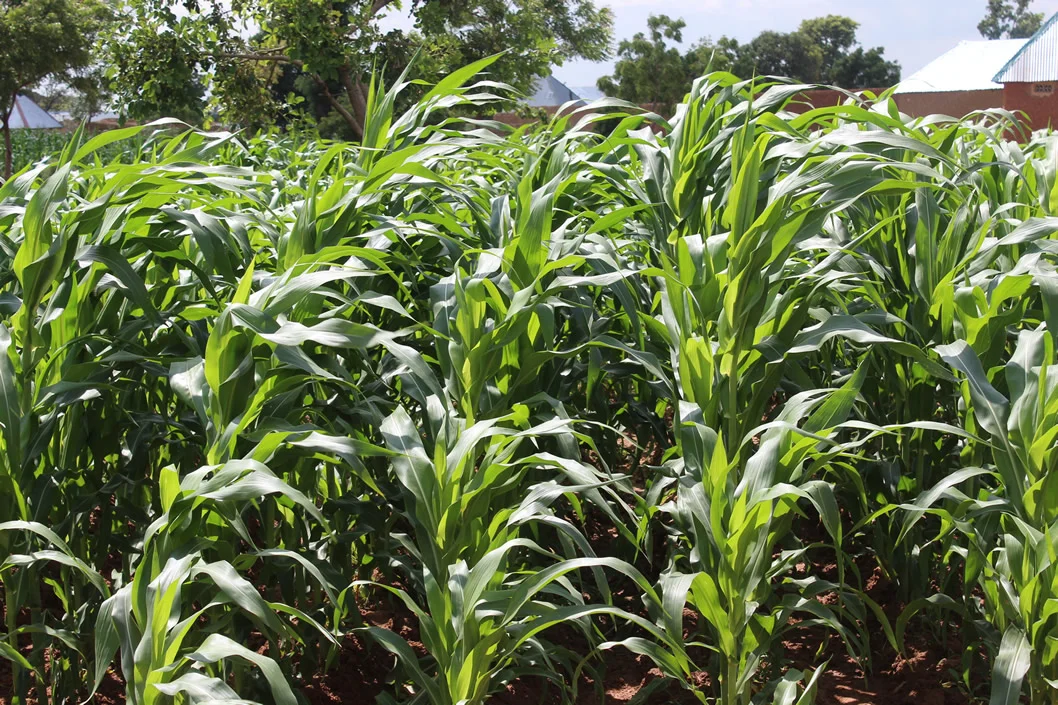Even as Nigeria records an agricultural surplus valued at N688 billion this year, more than 11 million children are malnourished, according to new figures from UNICEF and the National Bureau of Statistics (NBS).
The stark contrast underscores a system failure in which food production does not translate into nutrition for the most vulnerable, especially children in low-income rural and urban communities.
Staple foods like maize, rice, and yam have all logged high production increases, but rising inflation, poor distribution channels, post-harvest loss, and poverty have hindered access to adequate nutrition for millions of households. Health workers in states like Borno, Sokoto, and Zamfara report alarming stunted growth, undernourished children, and preventable child deaths.
Experts say that while agricultural production is growing, the disconnect between surplus and nutrition wellbeing is rooted in poor infrastructure, poor cold chain systems, and low nutrition knowledge among carers.
The rising cost of living has further worsened the crisis, forcing families to prioritise quantity over quality, often filling plates with carbohydrate-heavy foods while excluding essential proteins, fruits, and vegetables critical for child development.
Recognising the urgency, stakeholders are increasingly turning away from simple production statistics to embrace utilitarian solutions that link agricultural surpluses with nutritional outcomes.
One promising alternative is the Diet Diversity Project, launched by UNICEF in collaboration with The Federal Ministry of Agriculture. The project enables women in northern states like Kano and Kebbi to rear livestock and cultivate backyard gardens.
These interventions bypass market costs and bring fresh food closer to many families. This combination of practical gardening skills and passing on information is directly addressing the barriers many households face in providing balanced meals for their children.
Government steps in
Initiatives like the National Home-Grown School Feeding Programme, are helping bridge the nutrition gap by providing over 10 million schoolchildren with one healthy meal a day in several states.
By sourcing directly from local farmers, the programme not only bridges the connection between Nigeria’s agricultural surplus and schoolchildren but also props up rural economies by creating stable marketplaces for farmers.
States like Osun and Kaduna have attained higher school enrollment and reduced hunger through this program, demonstrating how government action can close the gap between farm produce surplus and children’s diets if well coordinated.
Further, the federal government will scale up the Community Management of Acute Malnutrition (CMAM) programme using local ready-to-use therapeutic foods for children with severe acute malnutrition, a lifeline to the most vulnerable.
Outside of government interventions, youth-driven agritech innovations and interventions by the private sector are also playing a role in filling the gap. Enterprises like Relief and Farmcrowdy are using technology to connect farmers to efficient distribution networks, improve storage and reduce spoilage.
These startups are also investing in cold storage facilities, logistics, and farmer education on post-harvest handling, ensuring that more of Nigeria’s surplus food reaches consumers in good condition.
From excess to access
While the statistics of malnutrition remain troubling, experts argue that Nigeria’s growing agricultural surplus, if properly leveraged, can become a lifeline for millions of children. What’s needed is a nutrition-sensitive agriculture policy, better rural infrastructure, and public outreach campaigns that shift the focus from calorie counts to dietary quality.
In this effort, agriculture must not only feed the economy but also nourish the nation.
Nigeria faces a paradox where an agricultural surplus valued at N688 billion coexists with over 11 million malnourished children, highlighting a critical disconnect between food production and nutritional access. Key issues include inflation, poor food distribution, post-harvest loss, and poverty, which obstruct access to nutritious foods. Farmers' increased production of staples like maize, rice, and yam has not translated into improved nutrition, particularly in low-income communities.
Government initiatives like the National Home-Grown School Feeding Programme offer hope by providing daily nutritious meals to schoolchildren, supporting local farmers, and boosting rural economies. Additionally, collaborative efforts like the Diet Diversity Project, driven by UNICEF, empower women in northern regions to grow food and rear livestock, thus countering malnutrition via direct access to fresh produce. The private sector is also stepping in with agritech innovations to improve food distribution and storage.
The persistent malnutrition statistics call for a shift in focus towards nutrition-sensitive policies and better infrastructure. Experts advocate for public outreach initiatives that emphasize quality over mere calorie intake to transform Nigeria's agricultural surplus into a nutritional lifeline for vulnerable children.






